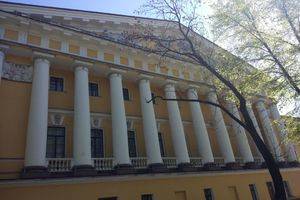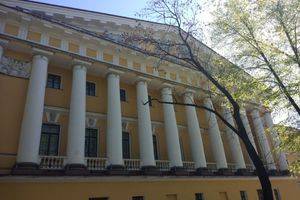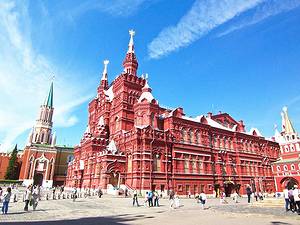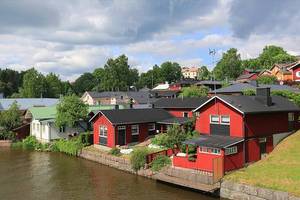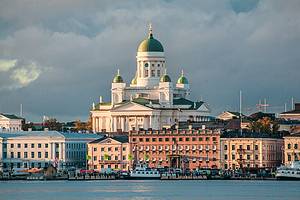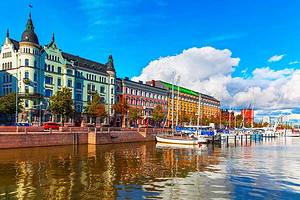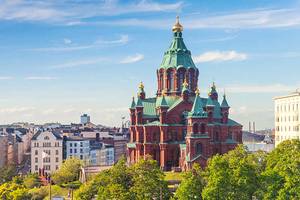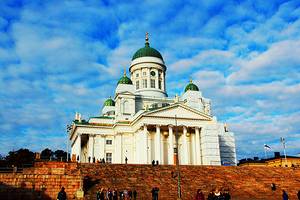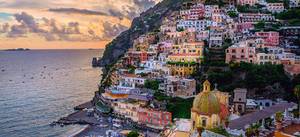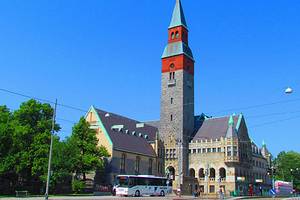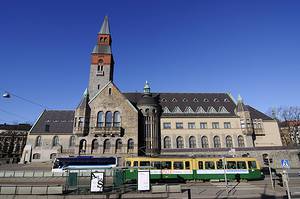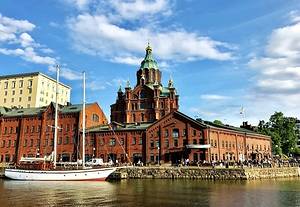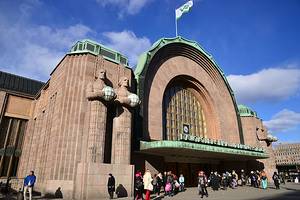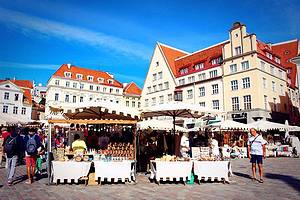Navy Department Building, A Golden Spire Piercing the Sky
Адмиралтейство
Pr Admiralteysky 1
4.1
Introduction
Built between 1806 and 1823, the Naval Headquarters Building is located on the south bank of the Neva River, on the Naval Headquarters Embankment, at the western end of Nevsky Prospekt. It was designed by Zakharov. At the top of the spire is a golden ship-shaped weather vane, which has become one of the city's most famous landmarks. The tower is situated at the intersection of three main streets in old St. Petersburg, including Nevsky Prospekt, Gorokhovaya Street, and Voznesensky Prospekt. The front width of the tower exceeds 400 meters and is comprised of 6 arched gates, designed resembling a triumphal arch. The gates are decorated with statues and reliefs themed on various maritime and Russian naval subjects. Two groups of large statues of sea gods are located on both sides of the main entrance, carved according to the design proposals of Tsereteli and Shchedrin. The most remarkable feature is the gilded needle, 72 meters high, placed on the stepped tower roof in the center of the building, visible throughout the city. The entire building combines classical and Russian architectural styles, adorned with 56 large statues, 11 giant reliefs, and 350 murals. It used to be the location of the Naval Headquarters and is now the Naval Academy. On the embankment, you can see a statue of Peter the Great personally building ships. In 1933, the St. Petersburg writer Vladimir Nabokov created a short story called "The Spire of the Naval Headquarters" to commemorate this remarkable building. Transportation Take the purple line on the subway and get off at the Admiralty station. Turn left at the intersection, then turn right and walk to Nevsky Avenue. Take a left and you will find the building with a golden roof. Alternatively, take bus no. 10, 135, K187, or K209 to Admiralty Square station and cross the street to arrive (it is recommended to pass by when visiting the Winter Palace and St. Isaac's Cathedral).

